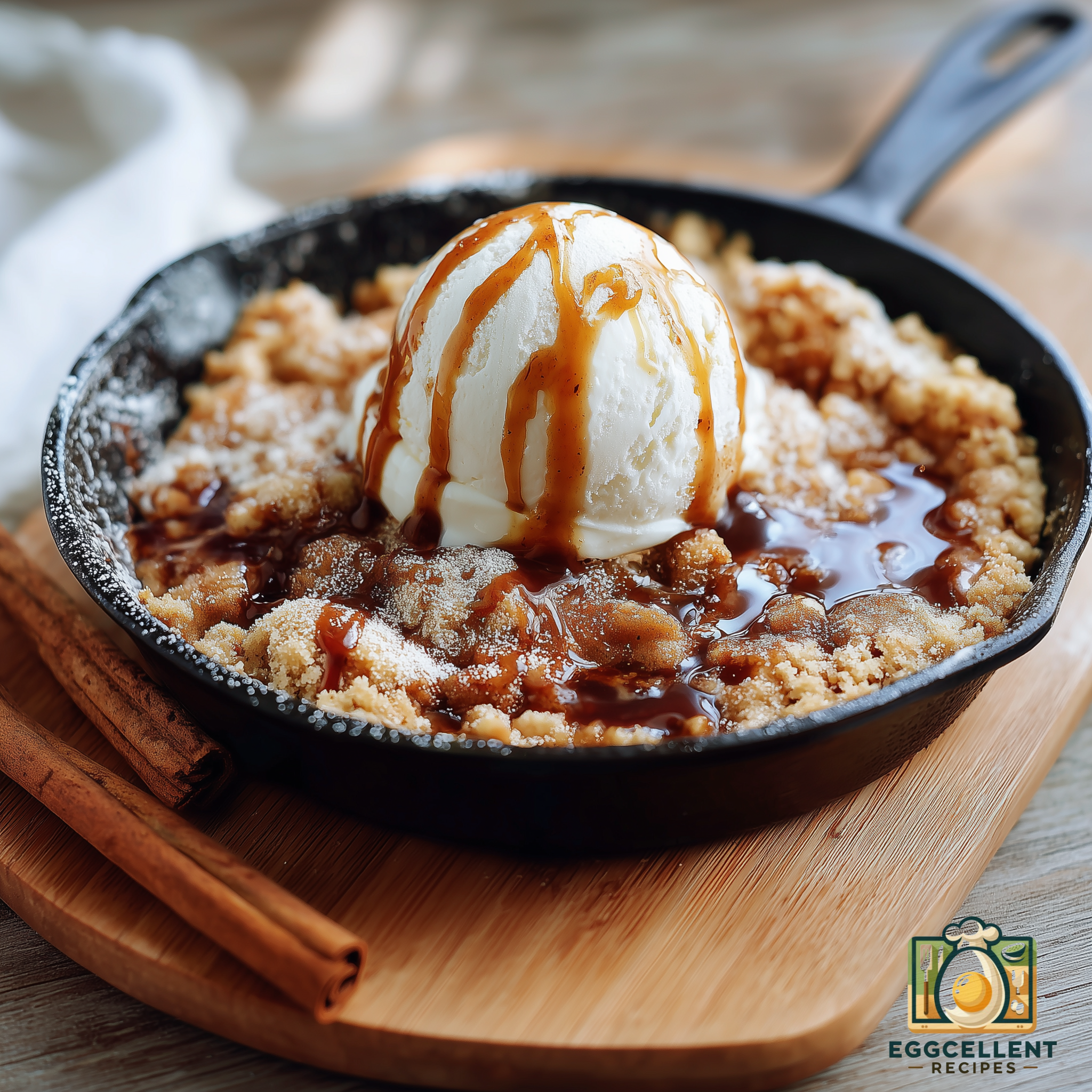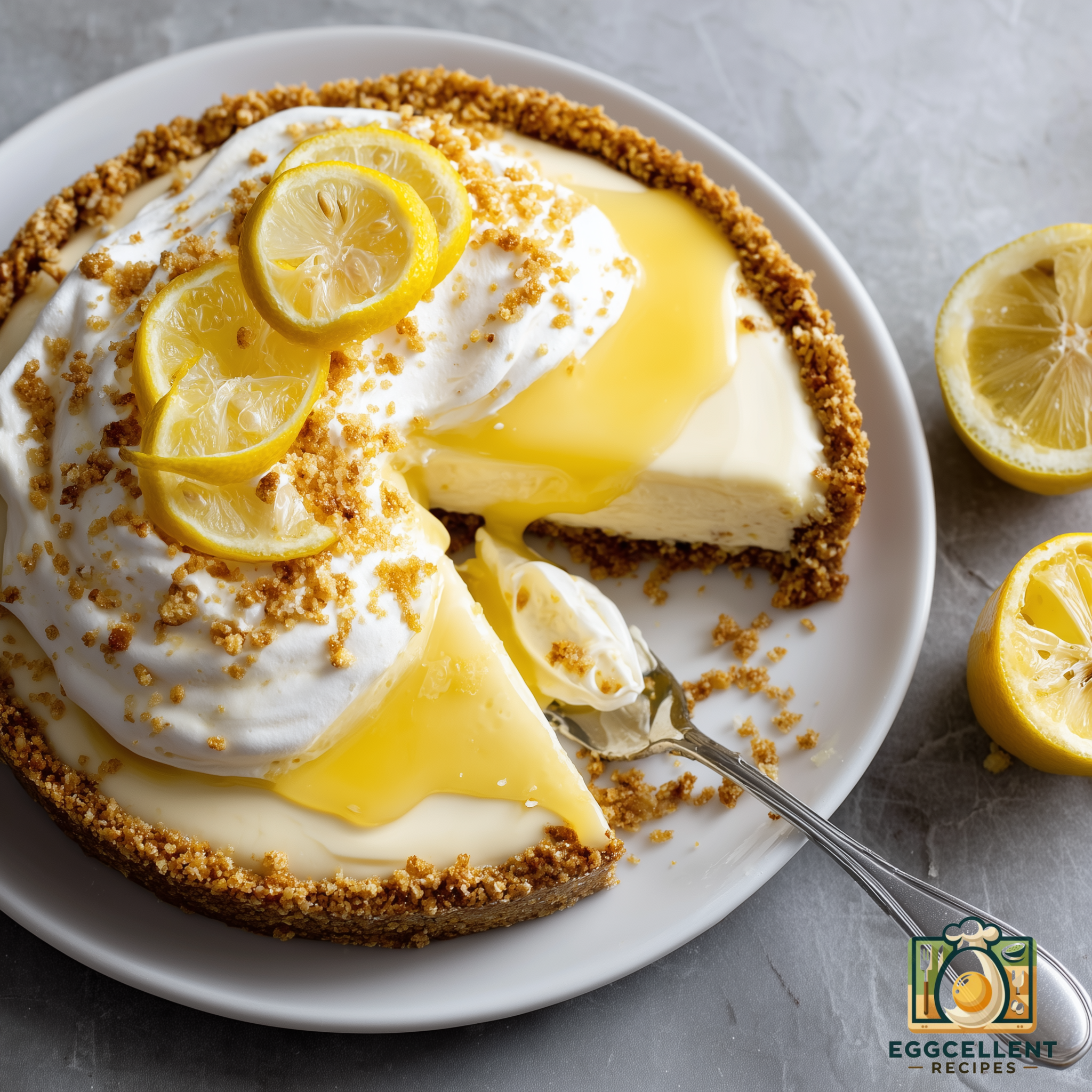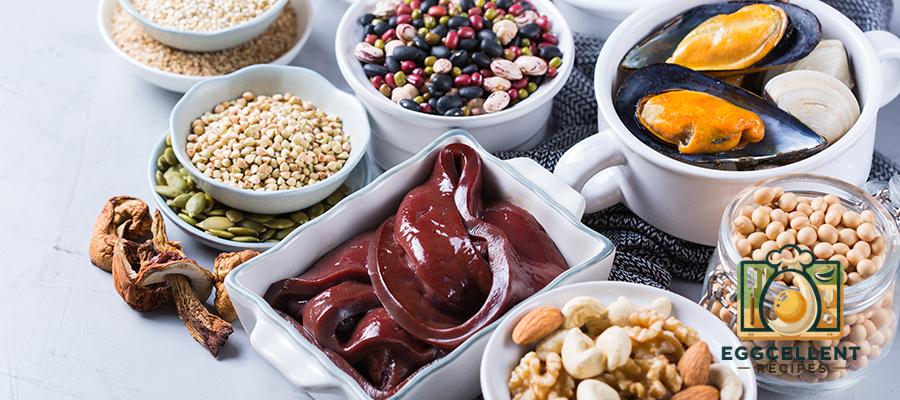
Iron is an essential mineral that plays a vital role in transporting oxygen throughout your body. It’s a key component of hemoglobin, the protein in red blood cells that carries oxygen to your tissues, helping maintain energy levels and overall health. Unfortunately, many people don’t get enough iron in their diets, leading to fatigue, weakness, and even iron-deficiency anemia. Including iron-rich foods in your daily meals is crucial for keeping your energy up and preventing deficiencies. In this article, we’ll explore the best iron-rich foods and how to incorporate them into your diet.
Why Is Iron Important?
Iron is necessary for many bodily functions, including:
- Oxygen Transport: Iron helps produce hemoglobin, which carries oxygen from your lungs to the rest of your body.
- Energy Production: Iron supports cellular energy production, helping your body maintain stamina and prevent fatigue.
- Immune System Function: Iron is important for maintaining a healthy immune system, helping your body fight off infections.
- Brain Function: Adequate iron levels are needed for cognitive function, mental clarity, and focus.
Types of Iron
There are two types of dietary iron:
- Heme Iron: Found in animal products and is more easily absorbed by the body.
- Non-Heme Iron: Found in plant-based foods and is not absorbed as efficiently as heme iron but still contributes to overall iron intake.
Both types of iron are essential for your health, but people following a vegetarian or vegan diet may need to focus more on non-heme iron sources and ways to improve its absorption.
Best Iron-Rich Foods
1. Spinach

Iron Content: 3.6 mg per cup (cooked)
Spinach is a fantastic source of non-heme iron, and it’s packed with vitamins A, C, and K. Spinach also contains antioxidants that promote overall health.
How to Eat It: Add spinach to salads, smoothies, or sautés. Pair it with vitamin C-rich foods like bell peppers or tomatoes to improve iron absorption.
2. Red Meat
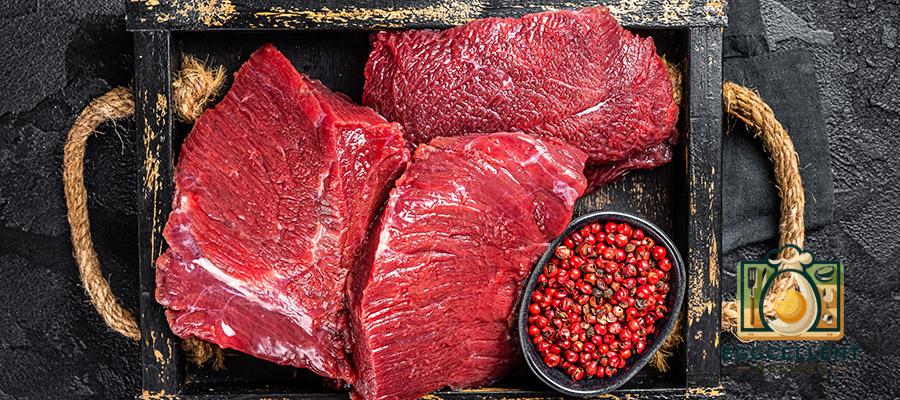
Iron Content: 2.7 mg per 3-ounce serving
Red meat is one of the best sources of heme iron, which is easily absorbed by the body. Beef, lamb, and venison are especially high in iron, making them great options for boosting your intake.
How to Eat It: Enjoy lean cuts of red meat as part of balanced meals, paired with vegetables and whole grains.
3. Lentils
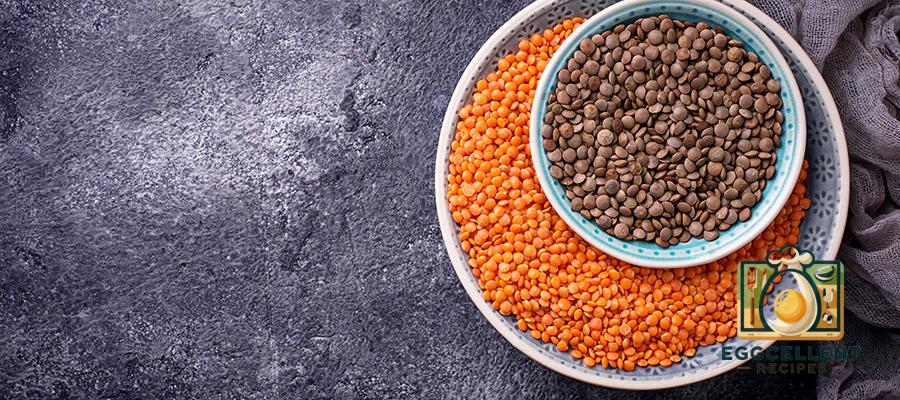
Iron Content: 6.6 mg per cup (cooked)
Lentils are an excellent plant-based source of non-heme iron and are also high in protein and fiber, making them a perfect option for vegans and vegetarians.
How to Eat It: Use lentils in soups, stews, salads, or as a base for veggie burgers.
4. Pumpkin Seeds

Iron Content: 2.5 mg per ounce
Pumpkin seeds are not only a great source of iron, but they also provide magnesium, zinc, and healthy fats. They’re an easy, portable snack that can help boost your iron intake throughout the day.
How to Eat It: Snack on roasted pumpkin seeds or sprinkle them over salads, yogurt, or oatmeal.
5. Quinoa
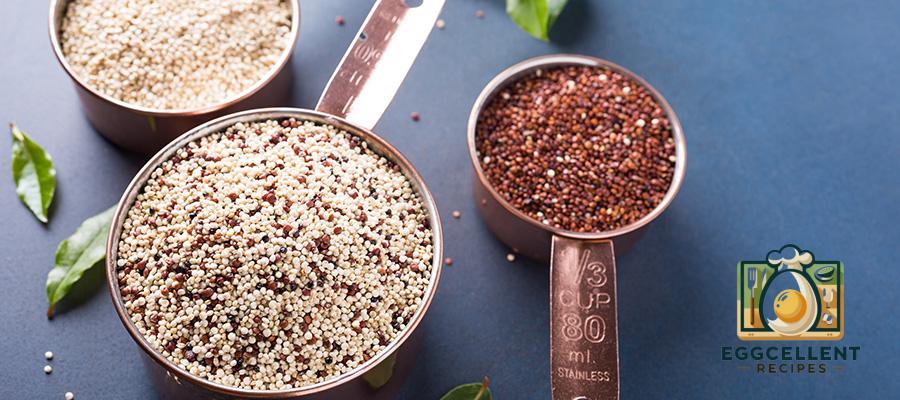
Iron Content: 2.8 mg per cup (cooked)
Quinoa is a gluten-free grain packed with non-heme iron, protein, and fiber. It’s a great alternative to rice and can be used in a variety of dishes.
How to Eat It: Use quinoa in grain bowls, salads, or as a side dish with roasted vegetables and lean protein.
6. Oysters
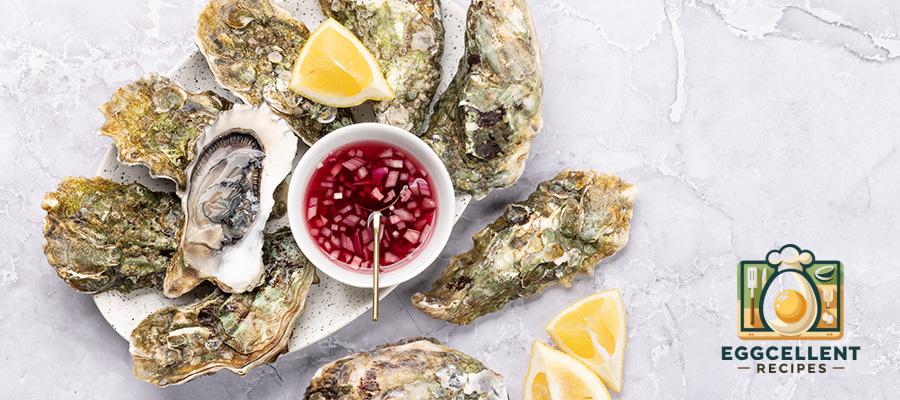
Iron Content: 7 mg per 3-ounce serving
Oysters are one of the richest sources of heme iron, and they’re also high in zinc and vitamin B12. These shellfish are an excellent choice for anyone looking to boost their iron intake through seafood.
How to Eat It: Enjoy oysters raw, grilled, or baked, with a squeeze of lemon for added flavor.
7. Tofu
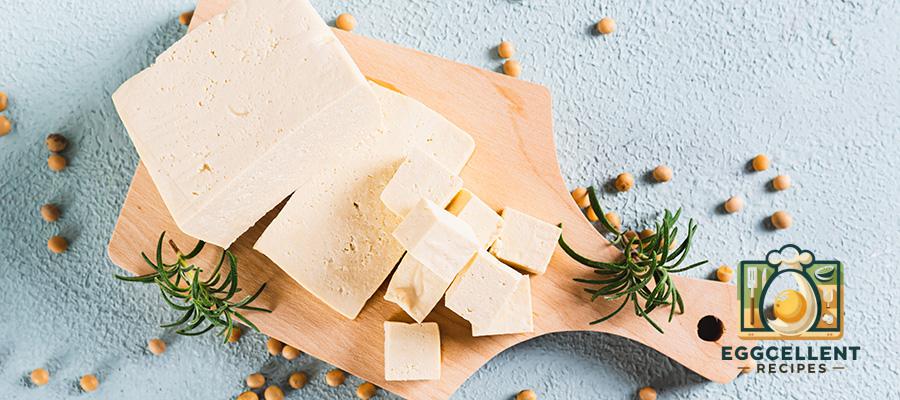
Iron Content: 3.4 mg per half-cup (firm tofu)
Tofu is a versatile plant-based protein that provides a good amount of non-heme iron. It’s also rich in calcium and magnesium, making it a nutritious addition to vegetarian and vegan diets.
How to Eat It: Stir-fry tofu with vegetables, use it in salads, or add it to soups.
8. Chickpeas

Iron Content: 4.7 mg per cup (cooked)
Chickpeas are another excellent plant-based source of iron, protein, and fiber. They’re a staple in many vegetarian dishes and are also great for digestion.
How to Eat It: Add chickpeas to salads, stews, or make homemade hummus.
9. Turkey
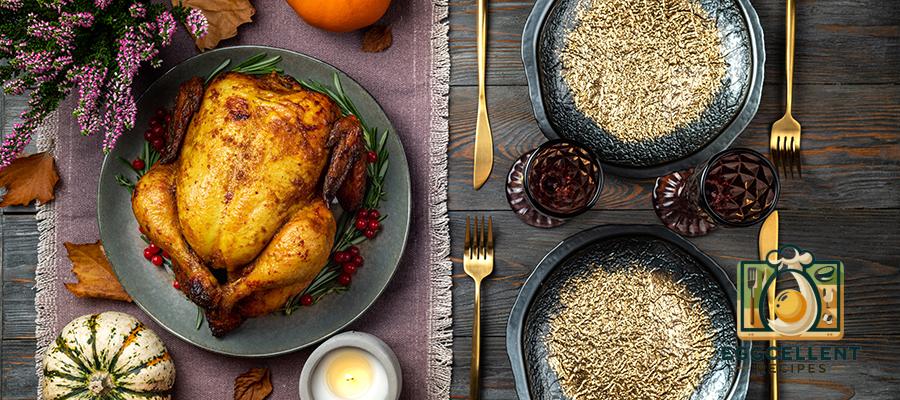
Iron Content: 1.4 mg per 3-ounce serving
Turkey, especially dark meat, is a good source of heme iron. It’s also low in fat and high in protein, making it a heart-healthy option for boosting iron levels.
How to Eat It: Enjoy roasted turkey breast, ground turkey, or turkey burgers as part of a balanced meal.
10. Fortified Cereals
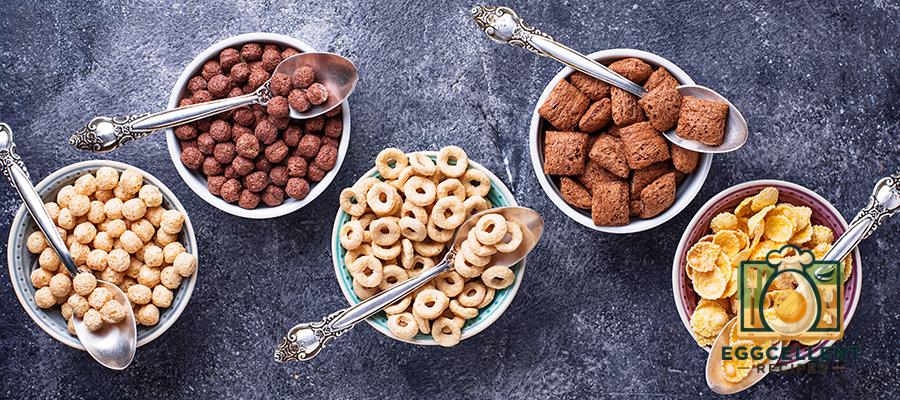
Iron Content: 18 mg per cup (varies by brand)
Many cereals are fortified with iron, making them a convenient way to increase your iron intake. Choose whole-grain cereals for added fiber and nutrients.
How to Eat It: Have a bowl of fortified cereal for breakfast, paired with a source of vitamin C like orange juice to enhance iron absorption.
11. Dark Chocolate

Iron Content: 3.3 mg per ounce
Dark chocolate (with at least 70% cocoa) is not only a delicious treat but also a surprisingly good source of iron. It’s also rich in antioxidants that can benefit heart health.
How to Eat It: Enjoy a small piece of dark chocolate as a snack or dessert, or use it in baking.
12. Beef Liver
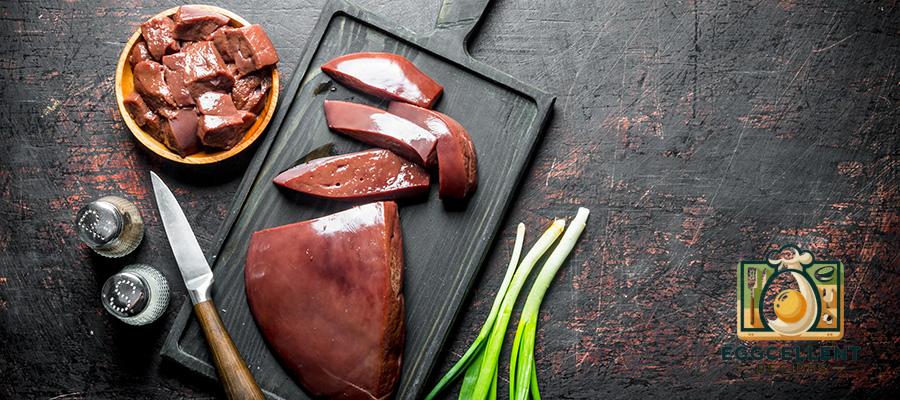
Iron Content: 6.5 mg per 3-ounce serving
Organ meats like beef liver are incredibly nutrient-dense, providing high amounts of heme iron, vitamin A, and B vitamins. While it may not be a daily staple for everyone, it’s one of the most concentrated sources of iron.
How to Eat It: Grill or sauté beef liver with onions, or blend it into pâtés.
13. Sardines

Iron Content: 2.4 mg per 3-ounce serving
Sardines are rich in heme iron, omega-3 fatty acids, and vitamin D. These small fish are a nutritious and affordable addition to any meal.
How to Eat It: Enjoy sardines on whole-grain toast, in salads, or added to pasta dishes.
14. Kale
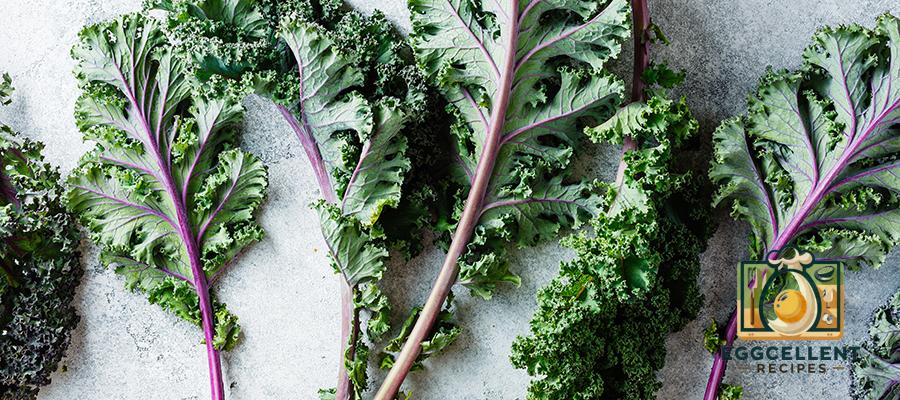
Iron Content: 1 mg per cup (cooked)
Kale is a nutrient-packed leafy green that offers a modest amount of non-heme iron along with calcium, fiber, and antioxidants. Pairing it with vitamin C-rich foods can enhance iron absorption.
How to Eat It: Add kale to smoothies, soups, salads, or sauté it as a side dish.
15. Cashews
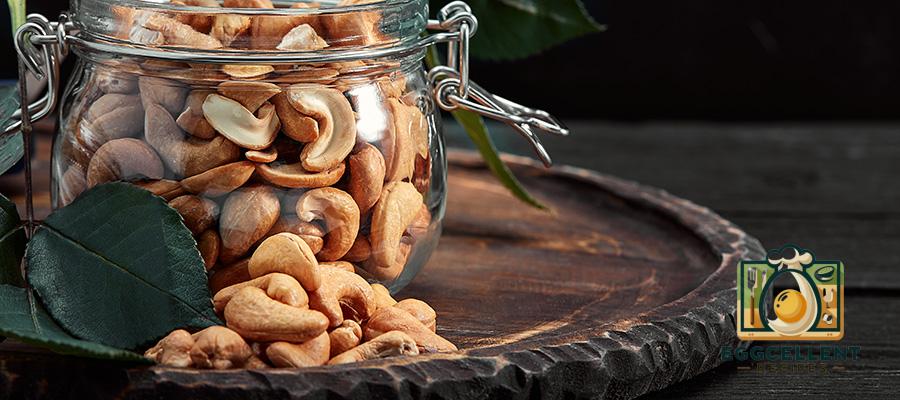
Iron Content: 1.9 mg per ounce
Cashews are a great plant-based source of iron, healthy fats, and protein. They make for a convenient and satisfying snack or addition to meals.
How to Eat It: Snack on raw or roasted cashews, or add them to stir-fries, salads, and baked goods.
Tips for Improving Iron Absorption
While eating iron-rich foods is important, it’s also helpful to know how to improve your body’s ability to absorb iron, particularly non-heme iron from plant-based sources.
- Pair Iron with Vitamin C: Vitamin C helps increase the absorption of non-heme iron. Add foods like citrus fruits, bell peppers, tomatoes, or strawberries to your meals.
- Avoid Iron Blockers: Some substances can inhibit iron absorption, such as calcium, tannins in tea and coffee, and phytates in whole grains and legumes. Try to avoid consuming these with your iron-rich meals.
- Cook in Cast Iron: Cooking in cast iron pans can increase the iron content of the food, especially acidic foods like tomatoes.
Final Thoughts
Including a variety of iron-rich foods in your diet is essential for maintaining energy, preventing iron deficiency, and supporting overall health. Whether you’re getting your iron from animal sources like red meat and fish, or plant-based sources like spinach and lentils, it’s important to combine these foods with other nutrients that enhance absorption.
If you’re concerned about your iron levels, consider consulting with a healthcare provider or nutritionist who can help guide you on meeting your individual needs. By focusing on nutrient-dense, iron-rich foods, you can boost your energy, support your immune system, and maintain optimal health.




